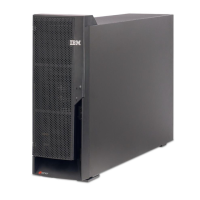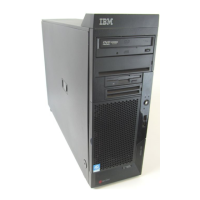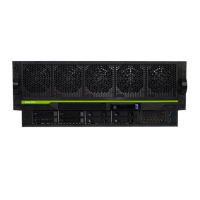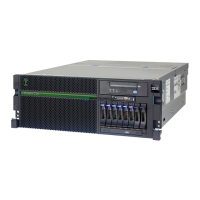5486LPSM.fm Draft Document for Review October 18, 2004
748 IBM Eserver i5 and iSeries System Handbook
The BRMS Advanced Feature allows archive capabilities of database files,
stream files, and documents based on frequency of use, inactivity limit, object
size, or ASP thresholds.
New with V5R3
BRMS is refreshed at V5R3 to make it more powerful and easier to use. The new
functions with V5R3 include:
New backup items are added to backup control groups. This gives users
better control for managing the backups of their integrated file system (IFS)
objects when they run online Lotus server backups. In addition, new lists are
provided so users can define items to be omitted from the IFS saves in
addition to omitted Lotus online data.
Lotus online incremental backup is updated so that Lotus database files,
which cannot be saved incrementally (such as new databases), are saved
using a full online backup.
Support is added to BRMS for saving and restoring objects saved with
pending transactions. Users can now save journaled objects using
save-while-active without waiting for a transaction boundary (pending
transaction). The restoration of objects saved with pending transactions
allows for automatic recovery of associated journals, journal receivers, and
application or removal of journal changes to a point in time.
BRMS duplication of media is enhanced so that users can use the BRMS
network feature to off-load the duplication task to another system in the
BRMS network.
An Expire media set volumes (EXPSETMED) parameter is added to the Start
Expiration for BRM (STREXPBRM) and Start Maintenance for BRM
(STRMNTBRM) commands. This parameter enables an IBM patented
function to expire the volumes in a set which contain no active files. This new
function allows users to return these volumes to the scratch pool sooner and
reduces the number of active volumes you need to maintain.
System alias name support is added to the BRMS Networking feature.
Aliases allow users to define a system name other than the default local name
for communicating with systems in the BRMS network.
TCP/IP support now allows users to specify interfaces they want started while
in restricted state to resolve scratch volume allocation requests from the
centralized media pool.
The default value of the Audit system media (AUDSYSMED) parameter is
changed to *NONE. The Refree auto-retrieved objects (REFREE) parameter
is added to allow for better control of these maintenance actions. Running

